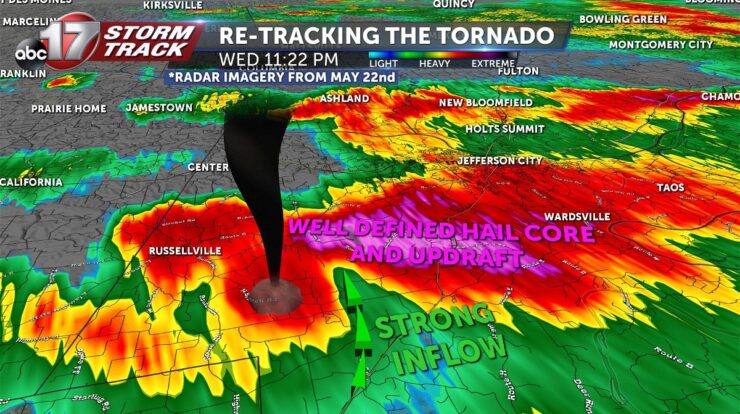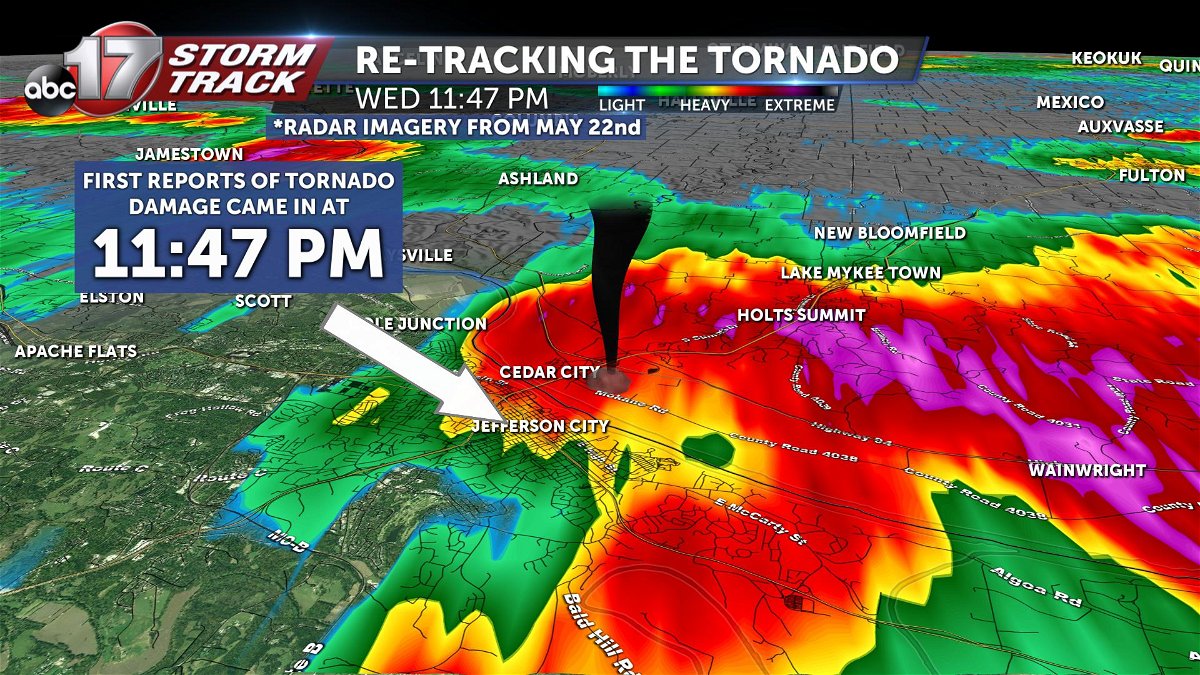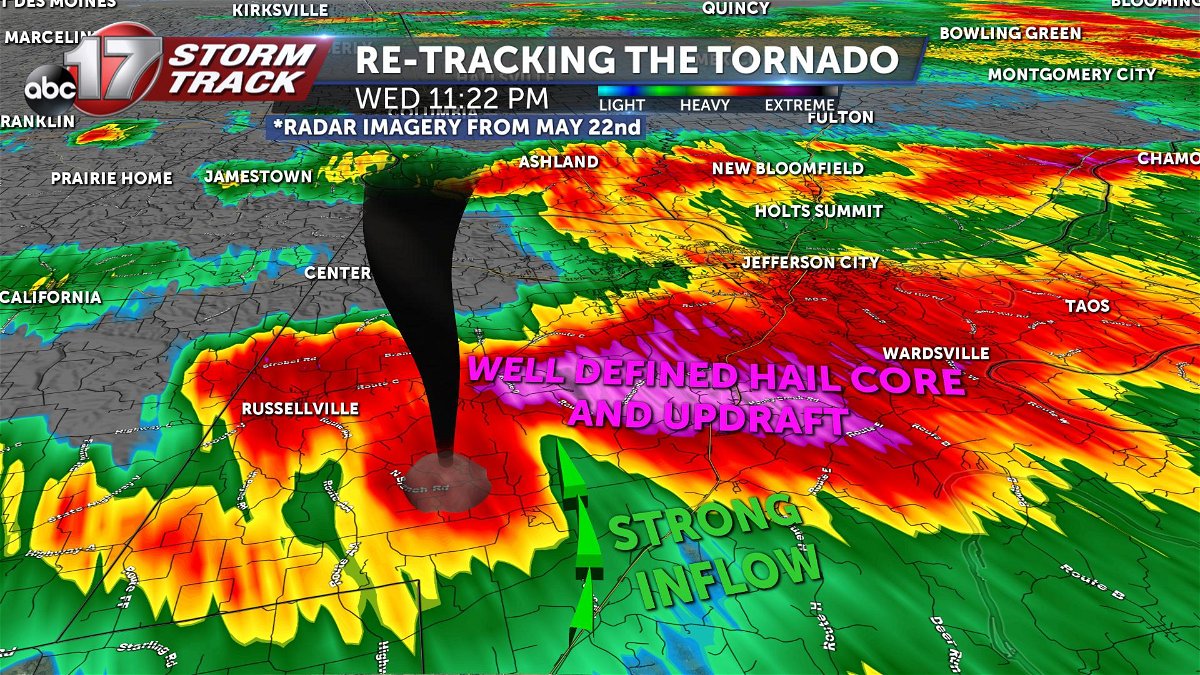
Unveiling the intricacies of tornado formation, tracking, and safety, the Tornado Tracker provides a comprehensive exploration of these powerful weather phenomena. From the meteorological conditions that fuel their genesis to the cutting-edge technologies used to monitor their movements, this guide empowers readers with the knowledge to navigate the challenges posed by tornadoes.
Delving into the heart of tornado science, the guide unravels the mysteries of these atmospheric giants, explaining their diverse characteristics, from their distinctive funnel clouds to their devastating impacts. It also sheds light on the critical role of Doppler radar and spotter networks in providing early warnings, empowering communities to prepare and respond effectively.
Tornado Formation and Characteristics
Tornadoes form when warm, moist air from the Gulf of Mexico collides with cold, dry air from the northern plains. The rising warm air creates an updraft, which causes the air to spin. As the updraft intensifies, it can create a tornado if the wind shear is strong enough.
Tornadoes typically have a funnel-shaped cloud that extends from the base of a thunderstorm cloud to the ground. The funnel cloud is usually accompanied by a loud roar and can range in size from a few feet to over a mile wide.
Types of Tornadoes, Tornado tracker
- Weak tornadoes (EF0-EF1): Wind speeds up to 110 mph, causing minor damage to trees and structures.
- Strong tornadoes (EF2-EF3): Wind speeds up to 165 mph, causing significant damage to buildings and infrastructure.
- Violent tornadoes (EF4-EF5): Wind speeds over 165 mph, causing catastrophic damage and widespread destruction.
Tornado Tracking Methods: Tornado Tracker

Tornadoes are tracked using a variety of methods, including Doppler radar, spotter networks, and satellite imagery.
Doppler radar is a type of weather radar that can detect the rotation of the wind. This information can be used to track the movement and intensity of tornadoes.
Spotter networks are groups of volunteers who report tornado sightings to the National Weather Service. This information helps to track tornadoes and issue timely warnings.
Tornado Safety and Preparedness
Tornadoes can be extremely dangerous, so it is important to be prepared. Here are some tips for staying safe during a tornado:
- Have a tornado safety plan in place.
- Know where to go for shelter.
- Stay away from windows.
- If you are outside, lie down in a ditch or other low-lying area.
Tornado Warning Systems
Tornado warnings are issued by the National Weather Service when a tornado is imminent or has been spotted. Tornado warnings are typically issued for counties or parts of counties.
There are two types of tornado warnings: tornado watches and tornado warnings.
- Tornado watch: A tornado watch means that conditions are favorable for tornadoes to develop.
- Tornado warning: A tornado warning means that a tornado has been spotted or is indicated by radar.
Tornado Forecasting and Prediction

Tornadoes are difficult to forecast, but there are some factors that can help to identify areas that are at risk.
The National Weather Service uses a variety of tools to forecast tornadoes, including:
- Doppler radar
- Satellite imagery
- Computer models
Tornado Climatology and Trends
Tornadoes occur most frequently in the Great Plains of the United States, but they can occur anywhere in the world.
The number of tornadoes reported each year has increased in recent decades. This is likely due to a combination of factors, including climate change and improved detection methods.
Tornado Impacts and Mitigation
Tornadoes can cause significant damage to communities and infrastructure. The most common impacts of tornadoes include:
- Structural damage
- Infrastructure damage
- Injuries and fatalities
There are a number of strategies that can be used to mitigate the impacts of tornadoes, including:
- Building codes
- Tornado shelters
- Public education
Last Point
As a valuable resource for meteorologists, emergency responders, and the general public alike, the Tornado Tracker stands as a testament to the power of scientific understanding in mitigating the risks associated with these formidable storms. By embracing the latest advancements in forecasting and warning systems, we can enhance our preparedness and safeguard lives and property from the wrath of tornadoes.
Key Questions Answered
What is the most common type of tornado?
Weak tornadoes, classified as EF0 or EF1 on the Enhanced Fujita scale, account for the majority of tornadoes.
How can I stay safe during a tornado?
Seek shelter in a sturdy building, preferably below ground, and stay away from windows and exterior walls.
What are the signs of an approaching tornado?
A rotating funnel cloud, loud roaring noise, and debris swirling in the air are all indicators of a potential tornado.





